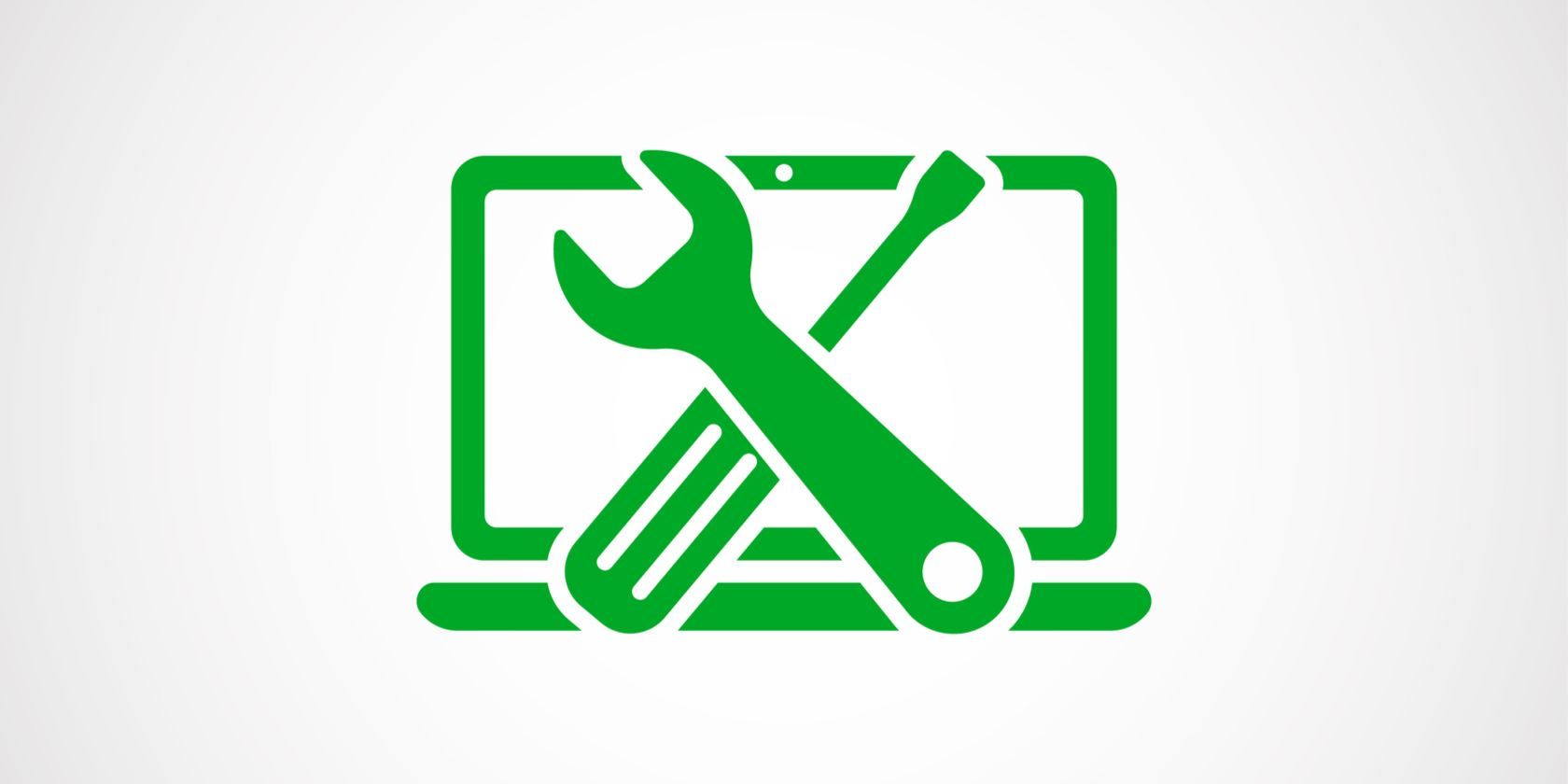When you install Windows on your computer, it places lots of vital files on your system that you probably haven't ever looked into. Usually you won't need to bother with these, but if they get corrupted somehow, it causes problems. Blue screens, weird error messages, and crashes can all be caused by screwed-up Windows system files.
Thankfully, there's a built-in Windows tool called the System File Checker (SFC) that will automatically scan and try to fix for damaged Windows files. To use it, open an Admin Command Prompt by typing cmd into the Start Menu, then right-clicking on it and choosing Run as Administrator. Type the following command to run the SFC:
sfc /scannow
Note that this will take some time, so you'll have to wait to see the results. If your computer is badly damaged and you can't run the command normally, you have two workaround options.
First is to open a Command Prompt from the Advanced Startup Options menu. Go to Settings > Update & security > Recovery and click the Restart Now button to reboot into Recovery Mode. In this menu, click Troubleshoot > Advanced Options > Command Prompt, and type the same command as above.
If you can't even do this, there's another way. You can take the hard drive out of your problematic computer and connect it to another computer running Windows. Open a Command Prompt as above, then use this modified SFC command to scan the external drive instead of the unaffected computer's internal drive:
sfc /scannow /OFFBOOTDIR=d:\ /OFFWINDIR=d:\windows
Before you do this, open This PC by pressing Windows key + E and confirm which drive letter the external drive is at. Replace the d in the command above with your drive's letter to scan the correct one. Give it some time, and the command line will produce a message with the results.
Using a Windows repair drive, you can also get into a Command Prompt and use this modified command to scan your internal drive using SFC. If SFC can't solve your problem, check out further troubleshooting for a corrupted Windows 10 installation.
Have you used SFC in the past? Did this utility fix your problem? Let us know down in the comments!
Image Credit: D Line via Shutterstock

